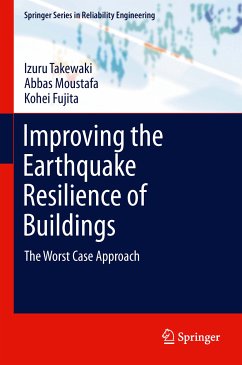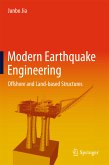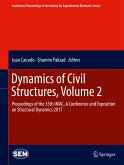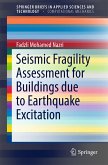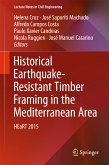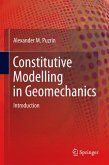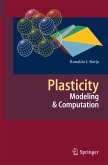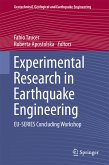Improving the Earthquake Resilience of Buildings: The worst case approach consists of two parts. The first part deals with the characterization and modeling of worst or critical ground motions on inelastic structures and the related worst-case scenario in the structural design of ordinary simple building structures. The second part of the book focuses on investigating the worst-case scenario for passively controlled and base-isolated buildings. This allows for detailed consideration of a range of topics including:
A consideration of damage of building structures in the critical excitation method for improved building-earthquake resilience,
A consideration of uncertainties of structural parameters in structural control and base-isolation for improved building-earthquake resilience, and
New insights in structural design of super high-rise buildings under long-period ground motions.
Improving the Earthquake Resilience of Buildings: The worst case approach is a valuable resource for researchers and engineers interested in learning and applying the worst-case scenario approach in the seismic-resistant design for more resilient structures.
Dieser Download kann aus rechtlichen Gründen nur mit Rechnungsadresse in A, B, BG, CY, CZ, D, DK, EW, E, FIN, F, GR, HR, H, IRL, I, LT, L, LR, M, NL, PL, P, R, S, SLO, SK ausgeliefert werden.

